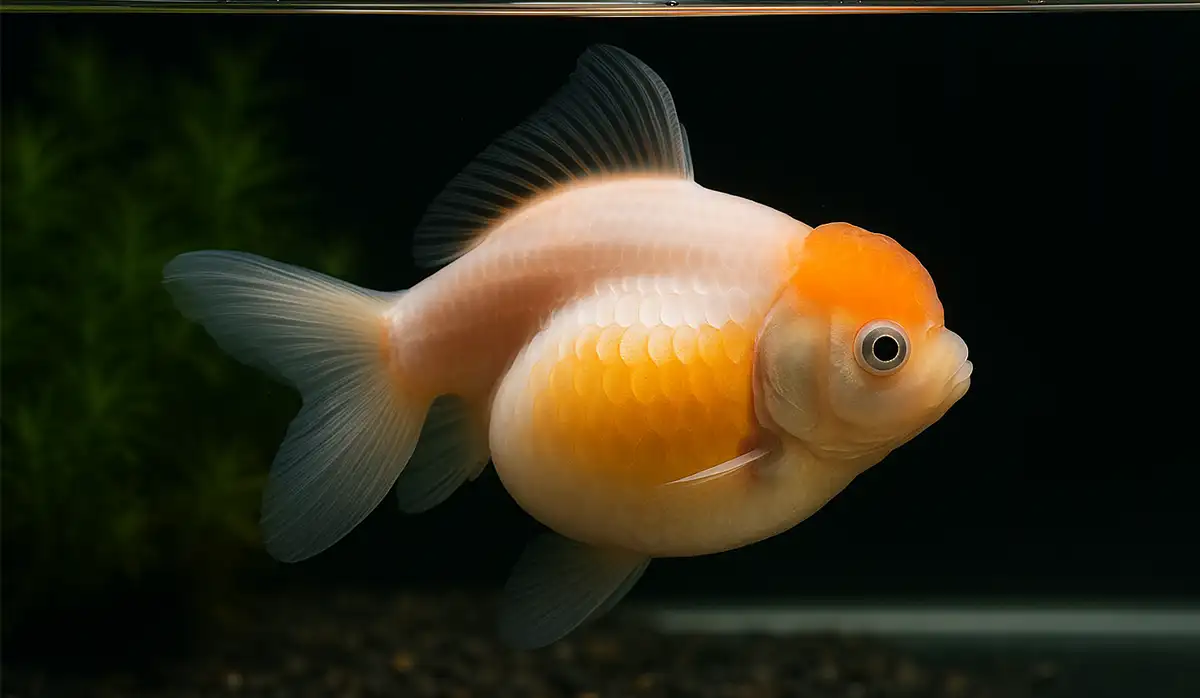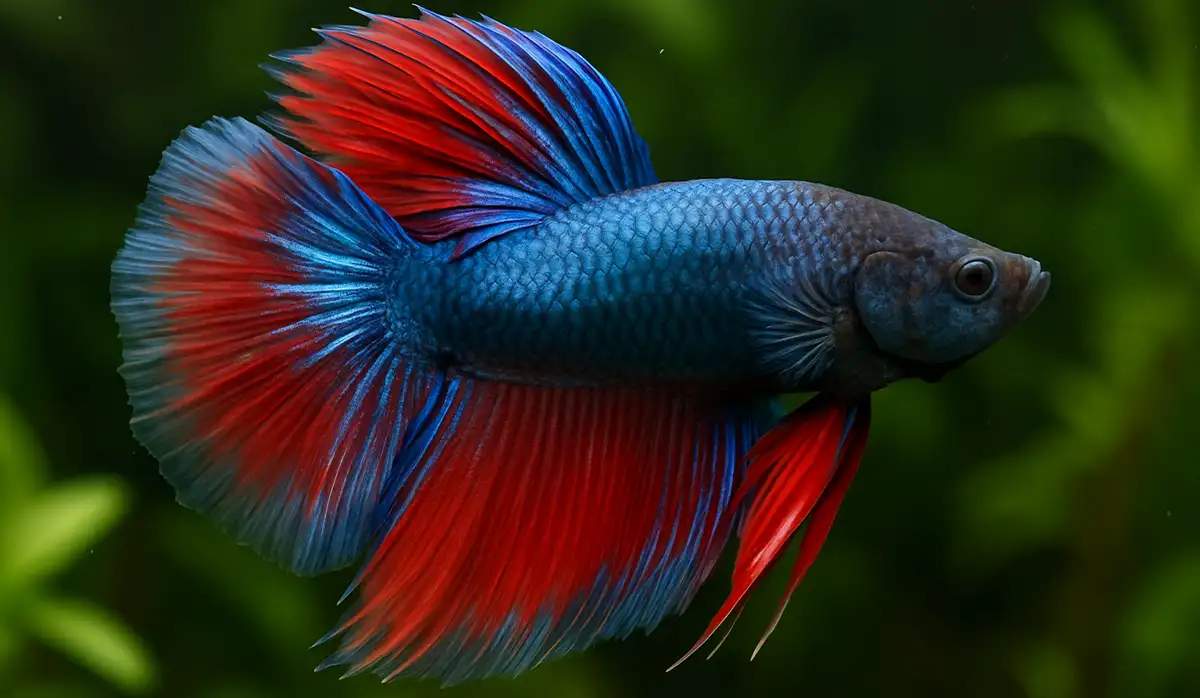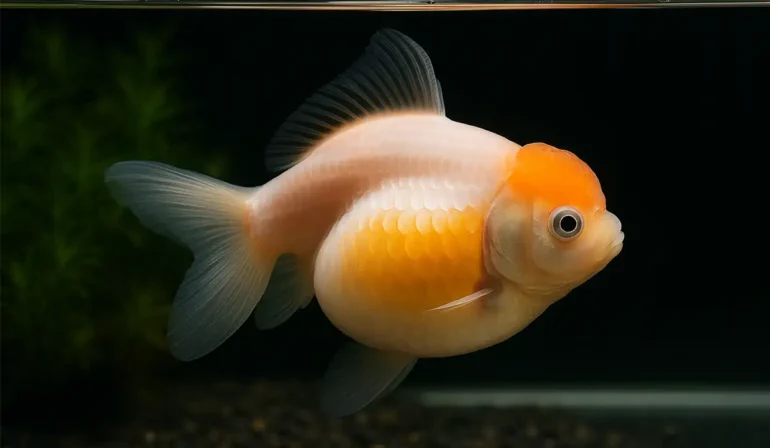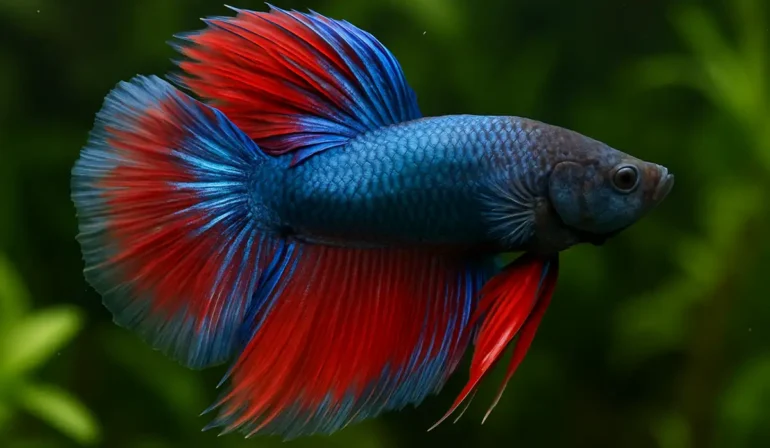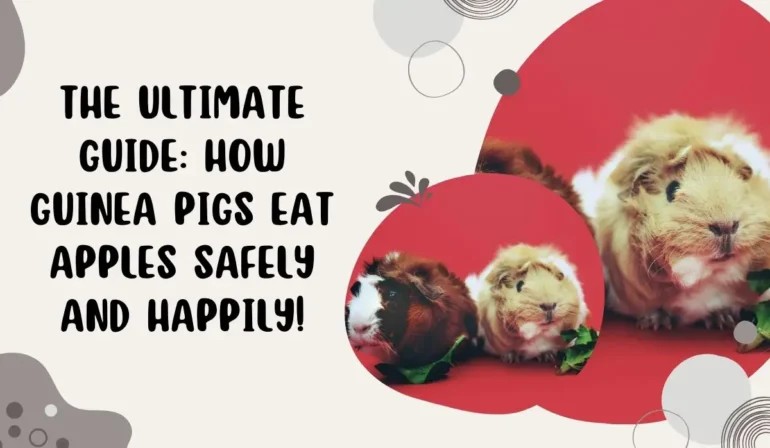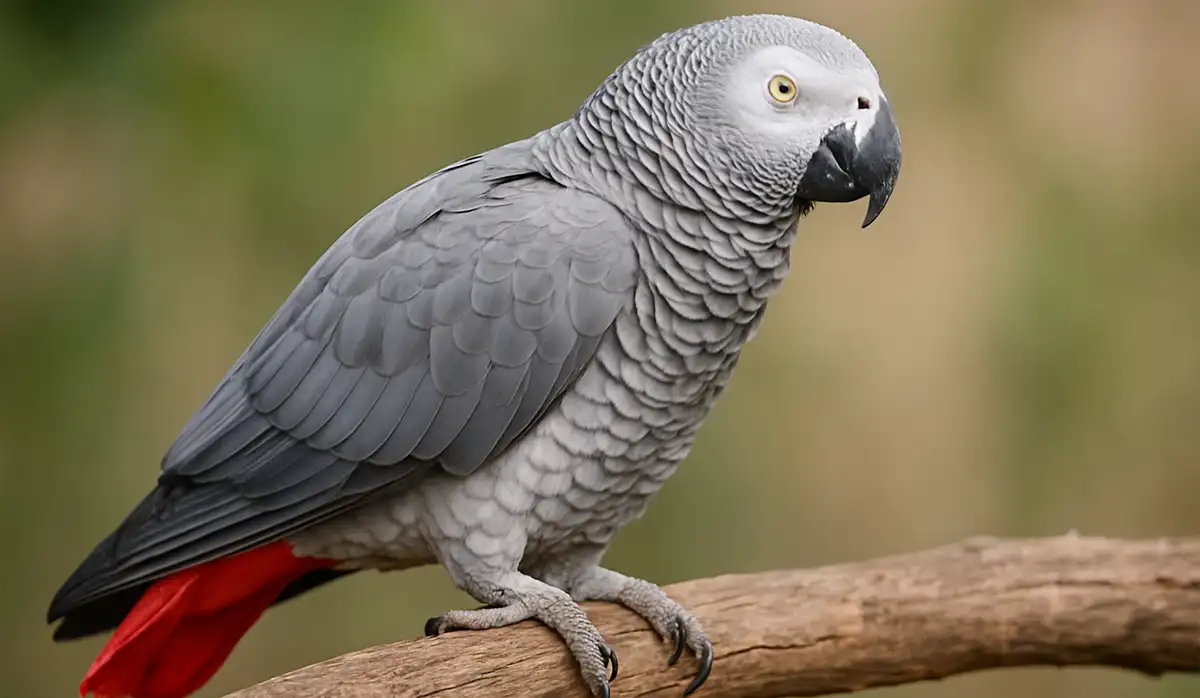
The African Grey Parrot is widely regarded as one of the most intelligent bird species on Earth. Loved for their exceptional talking ability, emotional sensitivity, and striking feathers, African Greys make excellent lifelong companions. If you’re considering adopting this stunning parrot, understanding its diet, behavior, lifespan, and care requirements is crucial.
Table of Contents
Quick Overview of the African Grey Parrot
| Feature | Details |
|---|---|
| Scientific Name | Psittacus erithacus |
| Lifespan | 40–60 years (sometimes more in captivity) |
| Size | 12–14 inches |
| Weight | 400–500 grams |
| Talking Ability | Extremely high |
| Intelligence | Comparable to a 4–5-year-old child |
| Native to | West and Central Africa |
Types of African Parrots
There are two main subspecies:
- Congo African Parrot (Psittacus erithacus): Larger, lighter gray feathers, and red tail.
Both are known for their exceptional cognitive abilities and mimicry skills.
Why Are African Grey Parrots So Smart?
According to a Harvard study, African Grey Parrots can understand concepts like shape, color, and number, and they can use human language meaningfully—not just repeat words.
Diet and Nutrition for African Greys
An ideal African Grey Parrot diet includes:
- High-quality pellets (60-70% of the diet)
- Fresh fruits and vegetables: apples, carrots, leafy greens, bananas (avoid avocado and chocolate)
- Whole grains and legumes: quinoa, brown rice, lentils
- Occasional nuts: in moderation for fat control
Avoid seed-only diets as they lack essential nutrients and can cause obesity and liver issues.
Cage Setup and Environment
- Minimum cage size: 36x24x48 inches
- Perches: Natural wood perches of different diameters
- Toys: Rotate regularly—use foraging toys to stimulate mental activity
- Lighting: African Greys benefit from natural sunlight or full-spectrum UV lights
- Cleanliness: Daily water and food changes; weekly cage cleaning
A bored or lonely African Grey can develop behavioral issues, such as feather plucking.
Socialization and Training
African Grey Parrots thrive on interaction and mental stimulation.
- Daily Interaction Time: At least 2–3 hours
- Training Techniques: Use positive reinforcement (treats, praise)
- Talking & Mimicry: Start with clear, repetitive words. Most start talking by 12 months of age.
Be patient—each parrot is unique in how and when it develops its talking ability.
Common Health Issues in African Greys
- Feather Plucking: Often stress or nutrition-related
- Psittacosis: A bacterial infection that can spread to humans
- Calcium Deficiency: Common, especially in laying females
- Respiratory Problems: Due to poor air quality or dusty environments
🩺 Always have an avian veterinarian available for regular checkups.
Ethical Considerations
Due to illegal wildlife trade and habitat loss, the African Grey Parrot is listed under CITES Appendix I, meaning trade is highly restricted.
Learn more from World Parrot Trust.
External Links for More Info
FAQs About African Grey Parrots
Q1: How long do African Grey Parrots live?
A: In captivity, they can live up to 60 years with proper care.
Q2: Can African Greys understand what they say?
A: Yes, to some extent. They use words in context and can show understanding of simple concepts.
Q4: Do they need a companion?
A: While they can live solo with ample human interaction, they benefit from socialization.
Read More: Top 15 Low-Maintenance Dog Breeds for Busy Lifestyles
Conclusion: Should You Get an African Grey Parrot?
The African Grey Parrot is a rewarding companion for dedicated bird lovers. Their intelligence, emotional depth, and ability to mimic speech make them stand out from other pet birds. However, they require significant commitment in terms of time, care, and attention.
If you’re ready to provide a stimulating, loving, and long-term home, an African Grey can become one of the most fascinating additions to your life.
YOU MAY ALSO LIKE
Top Pick
-

5 Best Canister Filters for Crystal Clear Water in Your Pet Fish Tank
July 8, 2025
-

Is Pumpkin Good for Cats? Everything You Need to Know
July 5, 2025
-

Swim Bladder Treatment: Solutions for Aquarium Fish Health
July 3, 2025
-

7 Fascinating Betta Fish Facts Every Owner Should Know
July 2, 2025
-

Dexamethasone for Dogs: Benefits, Dosage & Side Effects
June 28, 2025


